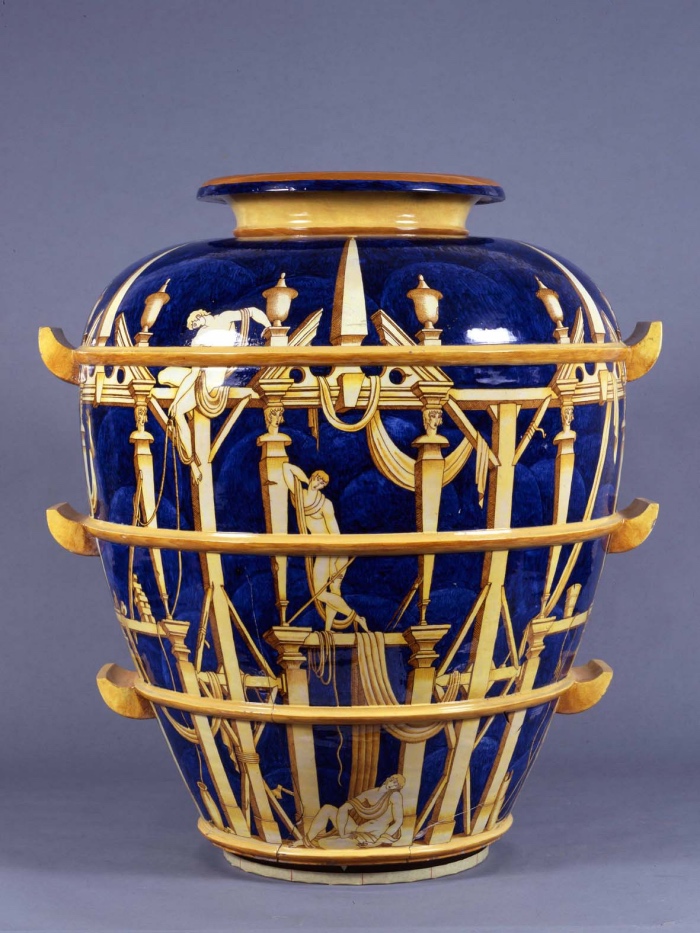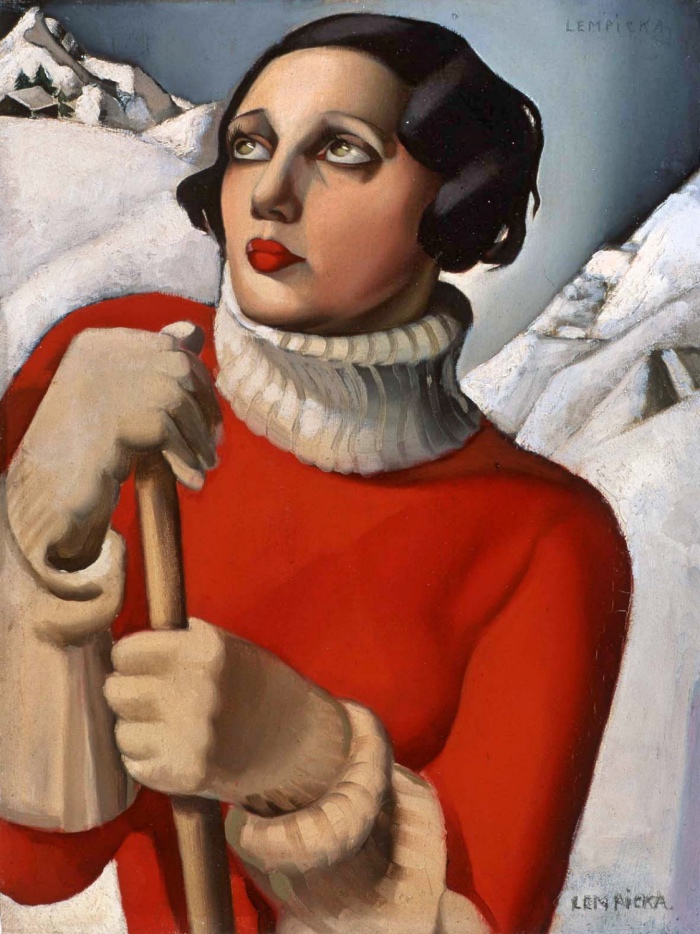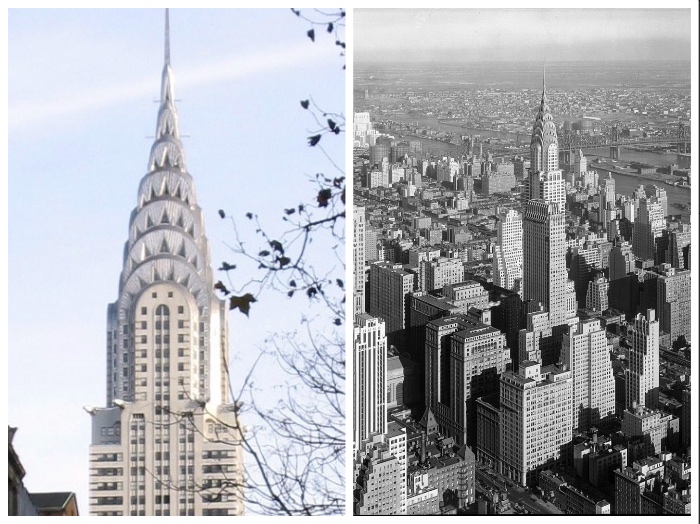
Gio Ponti, La casa degli Efebi, 1924-1925, Richard-Ginori.
ART DECO: A LIFESTYLE CALLED DECO
Art Deco exploded as a style which characterized a specific period of time, the 1920s.
It’s not an artistic movement, but a lifestyle, capable of influencing all the aspects of the existence, from clothes to home accessories, from ceramic plates to shapes of motorcars, from furnishings to jewellery.

Tamara de Lempicka, Saint-Moritz (1929) Musée des Beaux-Arts.
READ ALSO: Art Deco: the Roaring Twenties in Italy.
Art Deco was frivolous, light, unaware of what was happening in the world, it didn’t want to realize that totalitarianisms were about to spread, and it was a transition period between World War I and World War II.
However, Art Deco wasn’t the mirror of a superficial and elite society, but it was the moment in which what decades later would be defined Made in Italy was born.
But to understand what Art Deco is you have to look at the Twenties as a whole: the life of the middle class at that time, sculpture, architecture, new tourist destinations for the holidays of the middle class, ocean liners, cars, Venini glassware, Faenza majolica, Richard Ginori company, fabrics and clothes.
It was an enchanted, funny and futile world which in a short time ran out in order to follow the paths of the industrial design, and witnessed Art Deco passing the baton from Europe to the USA.
After the Great Depression of the 1929, a series of economic and social reforms, the so called New Deal, inaugurated a great season of investments in the decoration of American public buildings.
Many European artists and craftsmen went to the USA to express their own creativity, exporting the Deco taste.
The world of Hollywood, cinema and the international Jet set accepted the Deco taste and adopted it. And a European artist would be the ideal spokesperson of this style, Tamara de Lempicka.
With Tamara works, her over-the-top life, is the symbol of Art Deco which had already finished in Europe, but continued to live in new forms in America.
After all, Tamara de Lempicka is the woman of Art Deco par excellence, a strong, self-confident woman, who drove cars, smoked in public (which was a big scandal at that time!), was aware of her own body, and loved to be fashionably dressed and started new trends.

Chrysler Building today and 1932. Image source: wikipedia.it

Demetre Chiparus, Dancers, 1920-30. Private collection.
READ ALSO: A fountain, Duchamp and the revolution of contemporary art.

